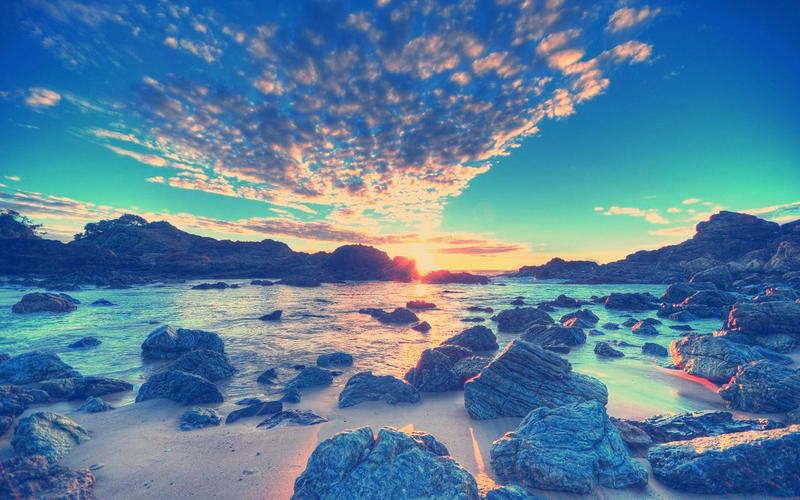Exploring the Rich Diversity of Minha Culture: A Journey Through its Music, Art and History
Minha culture is a beautiful blend of diverse artistic and cultural expressions that have been passed down through generations. The roots of Minha culture can be traced back to the ancient civilizations of the Andean region, where a rich mix of indigenous, Afro-Caribbean, and Spanish influences have shaped the unique cultural landscape that we know today.
Music
Music is at the heart of Minha culture and is deeply intertwined with its history, traditions, and social practices. Minha music is characterized by its rich rhythms, melodies, and instrumentation, which showcase the diversity of the region’s musical styles. Traditional instruments such as the charango, quena, and drum are used to create vibrant and soulful melodies, often accompanied by catchy, yet meaningful lyrics that convey messages of love, hope, and social commentary.
One of the most iconic styles of Minha music is the huayno, which originated in the Andean highlands and is renowned for its upbeat tempo and lyrical tales of love and nature. Another musical style that has gained popularity in recent years is the chicha, a fusion of traditional Andean music with elements of rock, pop, and cumbia.
Art
Minha art is equally diverse, encompassing a wide range of styles, genres, and expressions. From colorful paintings and intricate textiles to sculptural works and pottery, Minha art reflects the region’s rich cultural heritage and artistic traditions. Many Minha artists draw inspiration from nature, mythology, and folklore, creating vibrant and beautifully crafted artworks that capture the attention and imagination of viewers.
One of the most famous Minha artists is Fernando de Szyszlo, a Peruvian painter and sculptor whose works are renowned for their bold, abstract style and vibrant hues. Another notable artist is Tilsa Tsuchiya, a Peruvian-Japanese painter who fuses Japanese minimalism with Peruvian folk art to create unique and captivating pieces.
History
Minha history is a fascinating tapestry of indigenous, colonial, and contemporary narratives that have shaped the region’s cultural identity over time. From the pre-Columbian civilizations of the Inca and Moche to the Spanish conquest and subsequent periods of social and political change, Minha history is a rich and complex story of resilience, diversity, and adaptation.
One pivotal moment in Minha history is the Battle of Ayacucho in 1824, which marked the final victory of the South American rebels against Spanish colonial rule and paved the way for the region’s independence. Another important historical event is the emergence of the Sendero Luminoso or Shining Path, a Maoist guerrilla group that waged a prolonged and violent insurgency against the Peruvian government in the 1980s and 1990s.
Conclusion
In conclusion, exploring the rich diversity of Minha culture is an enriching journey that encompasses music, art, and history in a unique and captivating way. From the vibrant rhythms of Minha music to the bold and colorful artworks of Minha artists, and the complex history that has shaped the region’s cultural landscape, Minha culture is a remarkable testament to the power of diversity and human creativity.
(Note: Do you have knowledge or insights to share? Unlock new opportunities and expand your reach by joining our authors team. Click Registration to join us and share your expertise with our readers.)
Speech tips:
Please note that any statements involving politics will not be approved.
